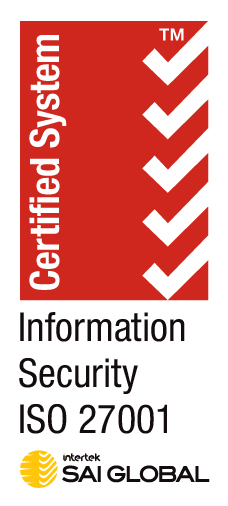Enterprise Software and the SaaS Contraction
The enterprise software landscape is moving toward a SaaS contraction as businesses simplify systems to reduce complexity and costs. With too many SaaS tools creating frustration and technical debt, companies need to focus on streamlining, improving cybersecurity, and integrating key solutions. Simplifying operations will cut unnecessary tools, lower costs, and reduce risks. Read More…


































